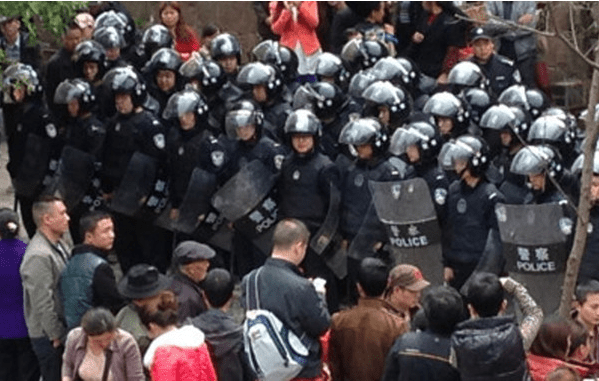From Bad To Worse – European Non-Performing Loans In Context
April 15, 2013 Leave a comment
From Bad To Worse – European Non-Performing Loans In Context
Tyler Durden on 04/15/2013 10:41 -0400
Europe remains in a critical state – despite the protestations of its leadership and the indications of its nepotistic bond markets.Unconventional monetary operations have enhanced liquidity, but have done little-to-nothing to solve the real issue – insolvency. As Jassaud and Hesse note, vulnerabilities remain; as reliance on central-bank liquidity is still high especially for banks in peripheral countries. Assets continue deteriorating and remain on banks’ balance sheets, weighing on profitability. Non-performing loans (NPLs) in EU banks continue to soar, drastically outpacing loan growth. Since 2007, loans to the ‘real’ economy have decreased by 3% while NPLs increased by almost 150%, i.e., €308 billion in absolute terms. This trend shows no sign of reversal, reflecting the continued macro deterioration in parts of the EU and the absence of restructuring (until the new ‘template’). During the last European Banking Authority recapitalisation exercise, 30% of the increase in capital ratio was reached by reducing risk-weighted assets, of which one third came from risk-weighted asset ‘recalibrations’ – i.e. from rotations among the peripheral bonds that (while ultimately risky) are deemed risk-free by the ECB. For a sense of just how absolutely dire the situation is (and entirely unsustainable) across the entire Eurozone, the following chart shows thecurrent ratio of NPL-to-Total-Loans relative to Dec-2007… As ever, credit creation inflated asset prices and provided the cushion for an increase in liabilities (and never a bubble is seen) but once the bubble in asset prices begins to deflate, reality sinks in and the liabilities remain (large as ever). Thus the central bank inspired cycle of credit boom and bust continues – until, of course, there is no capacity left (and no gold to transfer).








